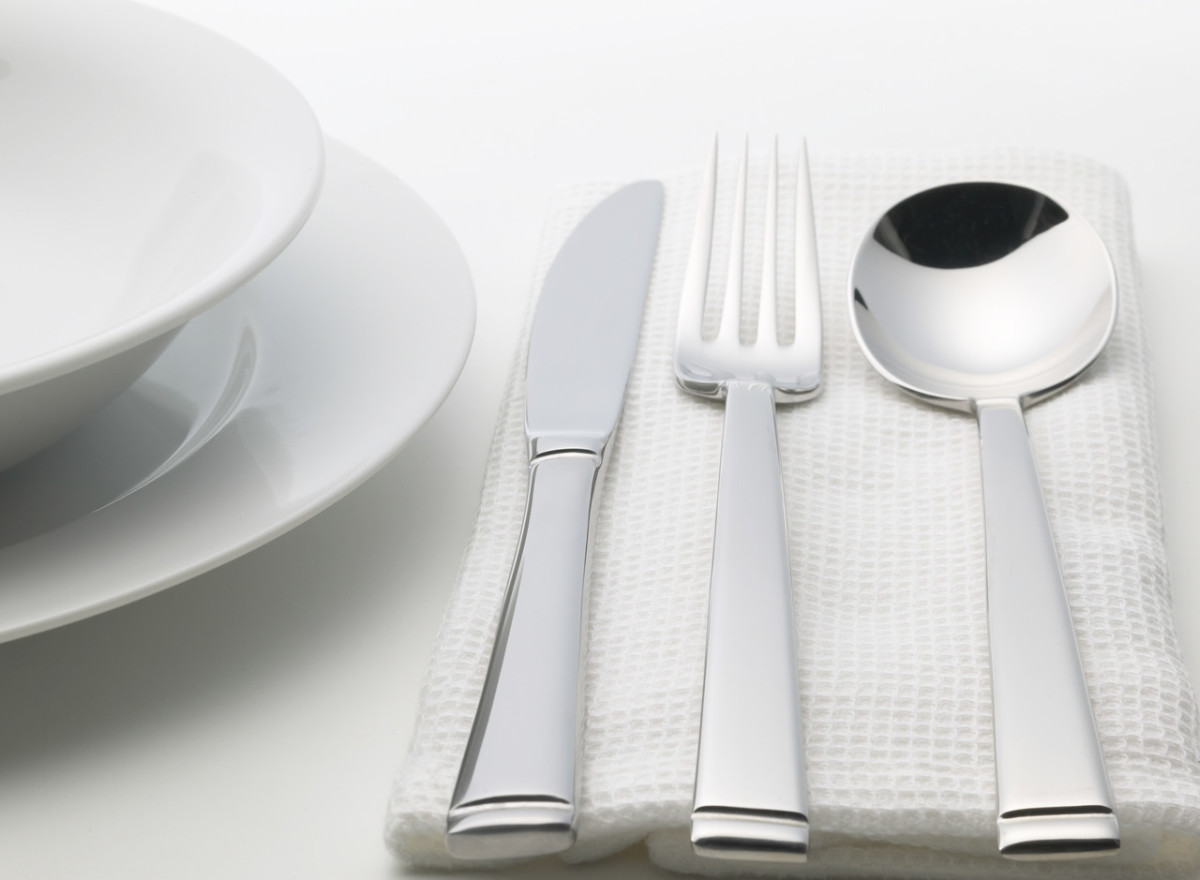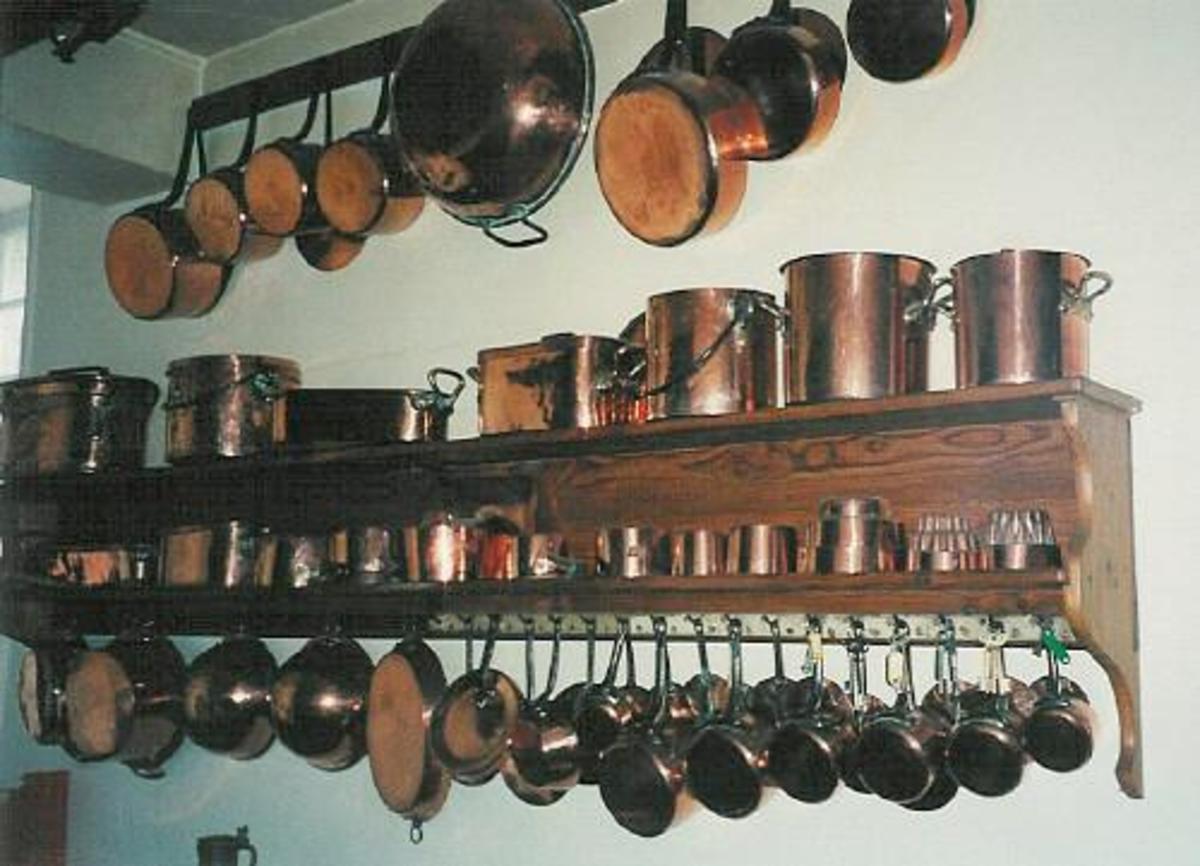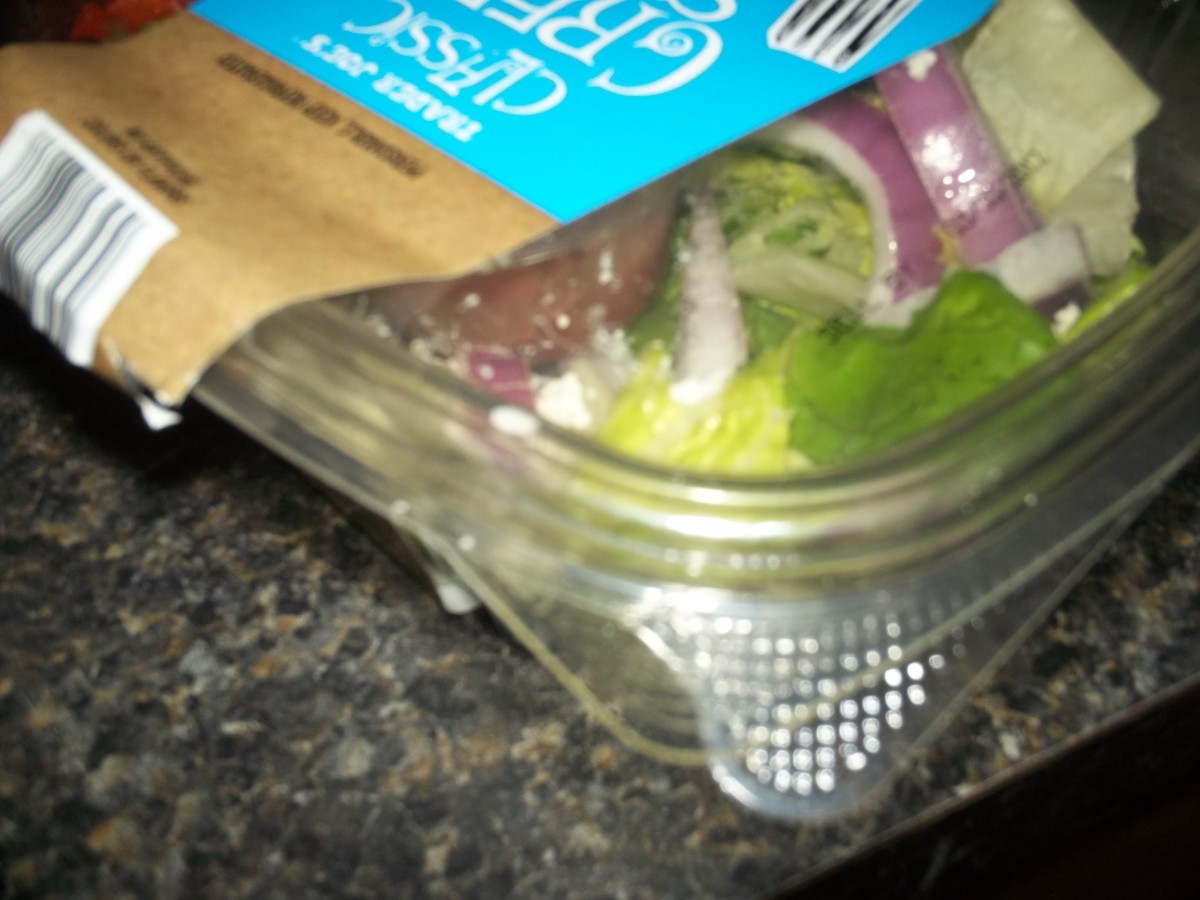The Best Ceramic Knives Money Can Buy - Updated for 2014
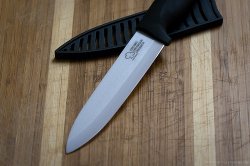
Beauty and Durability
I have yet to own one of these amazing knives but I think they're great. I'm going to show you some of the best ceramic knives I could find, selected for their quality and value. You have a lot of choices, but after doing the research I decided that Kyocera makes the best ceramic knife, so I'm featuring only Kyocera products in this lens. Buying online will get you the best price, especially compared to high end kitchen stores, so this lens features my top selections at the most affordable price. Lots of other types of kitchen tools too!
Image by stormwarning on Flickr.
Can't decide? Get this one.

Basic Ceramic Knives for Home Cooks
Here are my top picks for simplest, most versatile knives from the Kyocera line. They make a lot of different knives and here are the ones I thought would be best suited for the way I cook. I use a ton of fresh fruits and vegetables and cook mostly Asian fusion. These are really versatile knives that would be safe picks for most people.




How do they make ceramic knives?
Are you wondering how ceramic knives are made? I was too so I did some research.
I learned that it's a pretty fascinating process that mixes traditional knife making with modern technology.
Here's how it works: Ceramic powder and water are mixed in a drum, sort of like a cement mixer. This helps to make uniform particles, essential for creating a hard blade. Then, this liquid mixture is sprayed out flat and dried. After the liquid evaporates, it leaves behind a fine powder that will be the base for the ceramic blade. Next, the powder is poured into the knife mold then pressed at over 10,000 PSI (pounds per square inch) into a solid piece that will be turned into the finished blade. Then, the unfinished blade is removed from the mold and fired in a kiln heated to a temperature of roughly 760 degrees. During this process, the knife blank shrinks to about 1/4 of the original size and the ceramic becomes extremely dense and hard. Finally, the edge of the blade is sharpened with a diamond sharpening wheel and a handle is attached.
The biggest factors that affect the quality of ceramic knives are the heat of the kiln and the amount of pressure used on the blank. The higher the pressure and more precise the temperature of the kiln, the better the finished product. A high quality ceramic knife can be sharpened many times, and to a much finer and sharper blade than a low quality knife. A lower quality knife will not be as sharp as a high quality version. That's why the Kyocera knives I've chosen are a much better buy that their cheaper counterparts.
Caring For Ceramic Knives
Your knives will come with care instructions, but here's some general information.
Keeping your knives sharp is the most important part of their care. Dull knives will handle poorly and you're more likely to damage them.
The best place to store your knives is in the package they came in, or a vertical knife block. If you want to keep them in a drawer, place them in plastic sheaths.
Keep your knives clean - it will prevent the spread of bacteria.
Simple soap and water is okay, if your knives are stained, try a mild cleanser. Kyocera reccomends Bar Keeper's Friend.
Always hand wash good knives, never put them in the dishwasher. It's bad for wooden handles and the blades could chip.
Are ceramic knives really better?
Pros:
Sharpness - Ceramic knives stay sharper longer than metal knives
Odors - Ceramic knives won't absorb flavors or odors from foods. They're also non-reactive
Rust-proof - No metal means no rusting.
Lightweight - Ceramic knives are lighter than their metal cousins
Cons:
Brittle - Dropping your knife may shatter it, similarly, cutting bone or prying may break the blade
Price - A good ceramic knife costs more than a cheap metal knife, though not as much as a high end metal blade
Watch a Kyocera knife in action
Pretty in Pink
Kyocera knives also come in pink! For each set sold, Kyocera will donate $5 to the Susan G. Komen Foundation, helping to raise breast cancer awareness and advance the search for a cure.

How Kyocera Sharpens Ceramic Knives
I love that Kyocera will sharpen your ceramic knives for free - just pay the shipping and handling. Here's how they do it:
Sharpen your Kyocera Knives at Home

For the Professionals - (or anyone who appreciates luxury)
Kyocera also makes higher end knives. They're very popular with professional chefs. These knives undergo a secondary process known as a "hot press" that makes them extra hard, extremely sharp and turns the blades an incredibly attractive black. They've also got fine Pakka wood handles. Here's my top choices from their very finest blades:





Other Ceramic Kitchen Tools
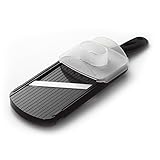

Do you love them or would you just as soon use a metal blade? On the fence? I want to hear about it.


